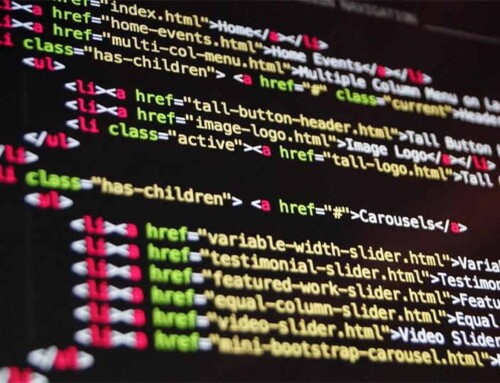As remote work continues to define the modern workplace, organizations are searching for effective ways to maintain productivity, security, and accountability.
Among the most widely discussed solutions is computer screen monitoring, a technology that allows employers to track digital activity and gain insights into how employees spend their work hours.
While the practice offers clear advantages, it also raises concerns about privacy, trust, and ethical use. To strike the right balance, businesses must understand both the benefits and the potential risks before adopting these tools.
Why Computer Screen Monitoring Matters in Remote Work
Remote work creates unique challenges for management. Without physical presence in the office, managers may struggle to verify attendance, ensure compliance with security protocols, or track how effectively employees are meeting deadlines.
Computer screen monitoring provides visibility into work processes by capturing data such as application usage, browsing activity, and sometimes even periodic screenshots.
Used responsibly, this approach does not aim to control employees but rather to ensure fairness, improve productivity, and protect sensitive data.
Key Benefits of Computer Screen Monitoring
When applied with transparency and purpose, monitoring software can provide significant value to organizations:
- Enhanced productivity tracking – Monitoring reveals how much time employees spend on specific tasks or tools, helping managers identify bottlenecks and optimize workflows.
- Improved accountability – Employees are less likely to engage in distractions when they know their work patterns are being tracked, leading to more consistent performance.
- Data-driven decision-making – Reports generated from monitoring tools help organizations evaluate staffing needs, assess project efficiency, and reallocate resources more effectively.
- Stronger security measures – In industries handling sensitive information, monitoring helps detect risky behaviors such as unauthorized data transfers or visits to insecure websites.
Risks and Concerns to Address
Despite its advantages, computer screen monitoring also comes with potential drawbacks that must be carefully managed.
- Privacy concerns – Employees may feel uncomfortable with being monitored if the purpose and scope are not clearly explained.
- Reduced trust – Excessive or intrusive monitoring can damage morale and create a culture of suspicion.
- Legal compliance issues – Laws regarding workplace surveillance vary across countries and even regions, making compliance a critical consideration.
- Risk of misuse – Without clear policies, monitoring data could be misinterpreted or used inappropriately, leading to conflicts or unfair evaluations.
Best Practices for Responsible Implementation
To make computer screen monitoring effective without compromising employee trust, organizations should adopt thoughtful strategies:
- Be transparent – Clearly communicate what is being monitored, why it’s necessary, and how the data will be used.
- Limit the scope – Track only work-related activities during work hours, avoiding personal or non-relevant data.
- Focus on outcomes, not surveillance – Use monitoring to support productivity and security goals, not to micromanage every keystroke.
- Ensure compliance – Regularly review legal and regulatory requirements in all regions where employees operate.
- Provide feedback loops – Share insights from monitoring with employees, turning data into opportunities for improvement and recognition.
Striking the Right Balance
Ultimately, the effectiveness of computer screen monitoring in remote work depends on how it is positioned and managed. When used as a supportive tool rather than a punitive measure, it can enhance productivity, strengthen data security, and foster accountability.
However, businesses that fail to consider privacy, ethics, and transparency risk undermining employee engagement and trust.
Conclusion
As remote work becomes a permanent fixture in many industries, the demand for reliable oversight will continue to grow. Computer screen monitoring offers organizations a powerful way to gain visibility into daily operations, but its success hinges on balance.
By implementing best practices, prioritizing transparency, and respecting employee boundaries, companies can leverage monitoring technology to create not only more efficient teams but also healthier and more trusted work environments.





